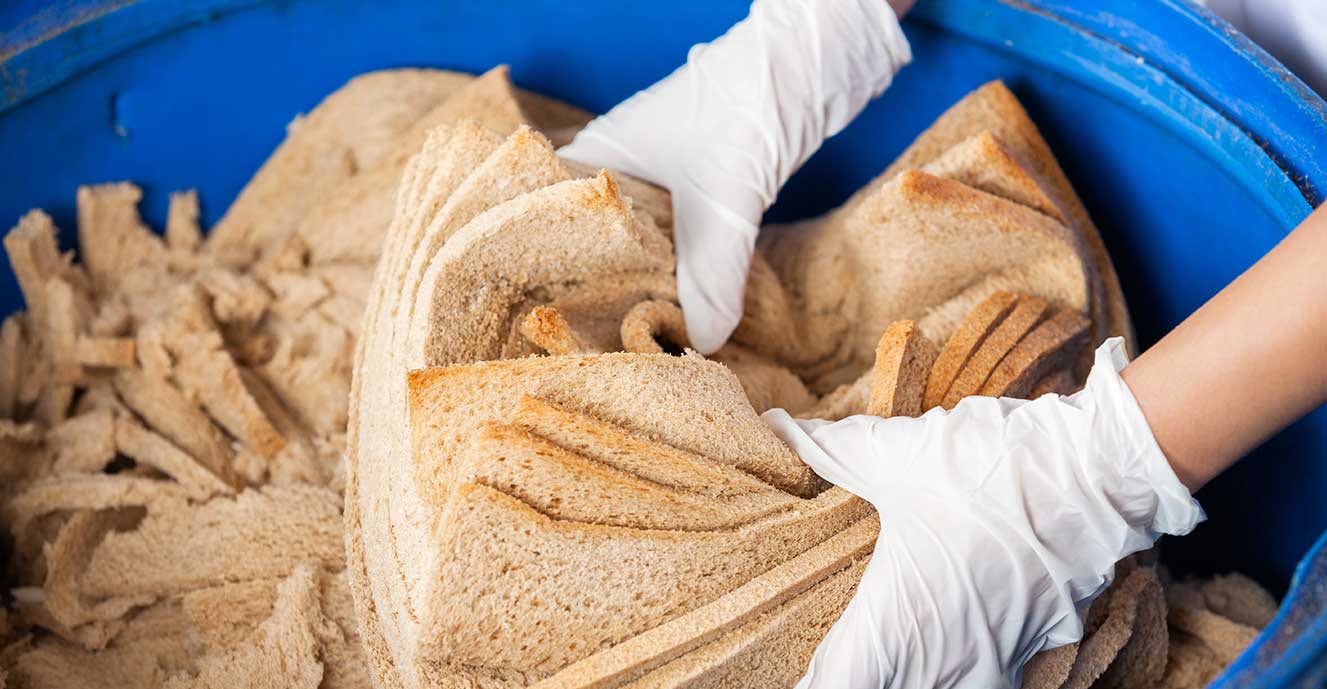Food waste
from production line blind spot to profitable business case


Food waste is often a blind spot in your production process. It is not immediately visible until you know it is there. In addition, there are 4 reasons why food waste is not yet an absolute priority for many food manufacturers:
Not every food manufacturer collects enough data about how much food waste takes place in the production process. Therefore, not enough is known about the causes of food waste and how much waste they each generate.
You need to consider the interests, opinions, and priorities of others. If tackling food waste is not their priority, it is quite a challenge to gain sufficient support within your organization.
You are mainly concerned with delivering orders on time and important KPIs such as Overall Equipment Effectiveness (OEE) and the quality of your products on the machine line.
Food waste is not only a matter of investing money, but it also needs to affect the company culture. For this transition to be successful, it is important that everyone is supportive and actively engaged.
Industrial IoT platform Innius and partner QING make it possible to gain insight into food waste whatever your production line. Using a unique method, they turn food waste into a profitable business case.
Innius and QING provide a data platform to which you can connect your production line machines. If necessary, including extra sensors to collect specific data. Thanks to the machine data, you gain insight into a possible food waste problem. Possible, because being 100% sure that you don’t have a food waste problem is also valuable. In addition, you proactively receive improvement proposals with predictable investments. That way you know exactly what the next step costs and what it will yield.
The data platform not only offers you access to important data regarding food waste. It is also a tool to convince others within your organization, as to why tackling food waste is a priority. It also helps you to create support from your colleagues because they are fully engaged in the process.

This is Richard, he’s happy to advise you! Please fill out the form and he will be in touch!